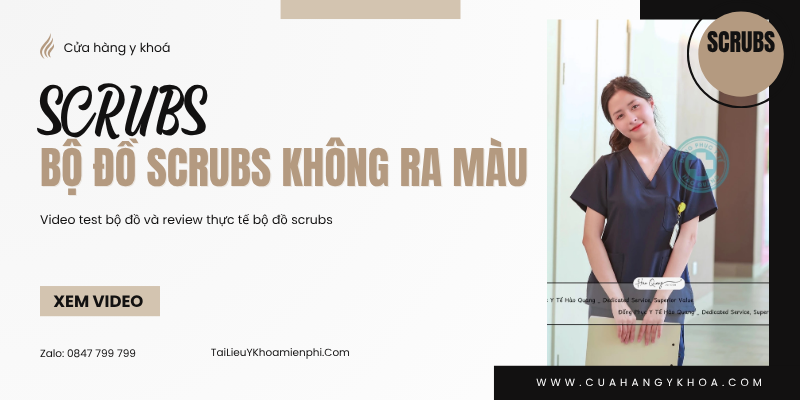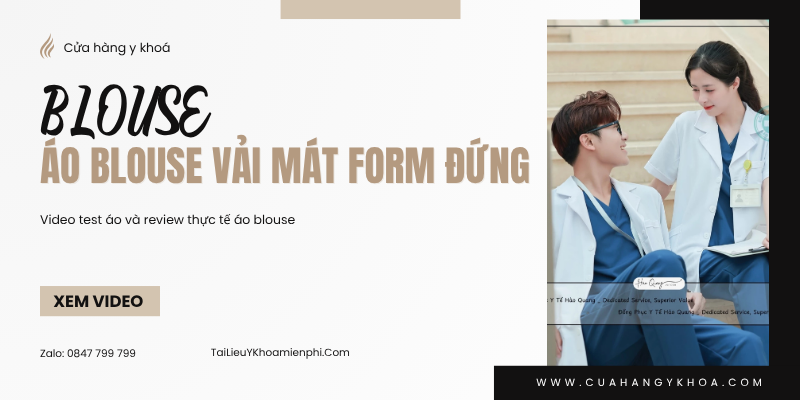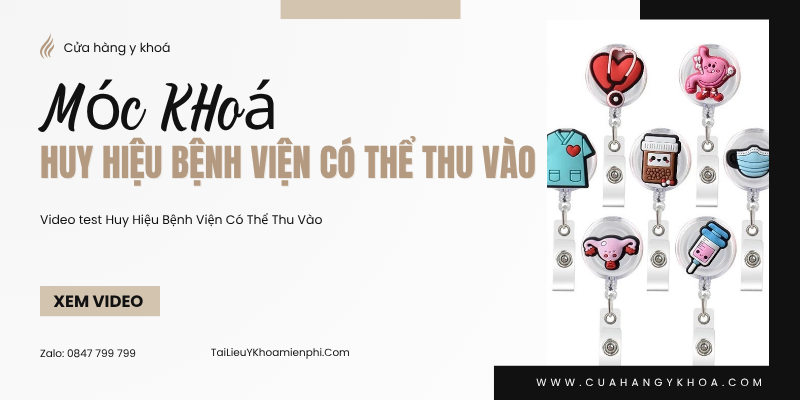Hôm nay, Trang vừa sưu tầm được một tài liệu hay về các rối loạn trong cơ thể, nên chia sẻ đến các bạn để chúng ta cùng nhau tham khảo.
Các bạn tải tài liệu tại đây nhé DOWNLOAD
Mục lục

Một phần nhỏ nội dung từ sách
BRAIN ANATOMY
– Cerebrum
Consists in the Right and Left hemisphere. Each one receives sensory info from the opposite side of the body.
– Cerebral Cortex
Outer grey matter
Frontal Lobe: Contains the motor cortex and Broca’s area (speech function)
Parietal Lobe: Contains the sensory cortex.
Occipital Lobe: Contains the visual cortex.
Temporal Lobe: Contains the auditory cortex and Wernicke’s area (comprehension of verbal/written language).
– Basal Ganglia
Cell bodies in white matter that help cerebral cortex produce voluntary movements.
– Diencephalon
Thalamus: relays sensory impulses to the cortex. Provide a Pain gate. Part of Reticular activating
system.
Hypothalamus: Regulates responses of Sympathetic/Parasympathetic Nervous System. Regulates Stress response, sleep, appetite, body temperature, fluid balance, and emotions. Responsible for production of Hormones secreted by the Pituitary Gland and hypothalamus.
– Brainstem
Midbrain: Motor coordination. Visual reflex and auditory relay centers.
Pons: Respiratory center and regulates breathing.
Medulla Oblongata: Contains Afferent and efferent tracts, and cardiac, respiratory, vomiting, and Vasomotor center. Controls Heart Rate, respiration, blood vessel diameter, sneezing, swallowing, Vomiting and coughing.
Cerebellum
Coordinates muscle movement, posture, equilibrium, and muscle tone.
AUTONOMIC NERVOUS SYSTEM
Sympathetic (Adrenergic)
Fight or Flight. Originates at T1-L2 in the spinal cord.
Effects: Increase cardiac output, Vasoconstriction (Increase BP), bronchodilation, pupil dilation,
Decrease secretions and peristalsis. Increase perspiration.
– Parasympathetic (Cholinergic)
Rest and Digest. Originates at 52-54 in the spinal cord.
Effects: Decrease cardiac output, Vasodilation (Decrease BP), Bronchoconstriction, pupil constriction,
Increases Secretions and Peristalsis. Increase salivation, bladder contraction.
DIAGNOSTIC TESTS
Computed Tomography (CT)
A brain scan that may or may not require injection of dye. Used to detect intracranial bleed, cerebral edema, infarctions, hydrocephalus, cerebral atrophy, shifts of brain structures.
Pre-procedure: Assess for allergies to Iodine, contrast dyes, shellfish if using dye. Withhold metformin if lodimated contrast dye used, risk of metformin-induced lactic acidosis.
Post-procedure: Fluids replacement, monitor for allergies to dye. Assess injection site for bleeding.
Magnetic Resonance Imaging (MRI)
Noninvasive procedure that identifies tissues, tumors, and vascular abnormalities. Provides more detailed pictures than a CT.
Pre-procedure: Remove all metal objects from the client. Make sure patient doesn’t have metal implant’s, pace-maker, implanted defibrillator, hip prosthesis, vascular clip. Also contraindicated in pregnant women (Increases temperature of Amniotic fluid). Assess for claustrophobia.
Post-procedure: Patient resumes normal activities.
Cerebral Angiography
Injection of contrast usually through the femoral artery into the carotid artery to visualize cerebral arteries, and assess for lesions.
Pre-procedure: Assess for allergies to Iodine and shellfish. Assess Renal Function. Withhold anticoagulation meds. NPO 4-6 hours before procedure. Assess and mark distal pulses (to easily recheck them post-op).
Post-procedure: Monitor for swelling of the neck and difficulty swallowing. Bed rest for 12hrs. Check insertion site for bleeding. Keep extremity straight and check for blood flow distal to the puncture site (pulses, capillary refill, temp, color). Increase fluid intake,
Electroencephalography (EEG)
Used to identify seizures, sleep disorders, and other conditions. Electrodes place on scalp to record electrical activity in the brain. Pre-procedure: Wash the patient’s hair, withhold coffee, tea, caffeine beverages, antidepressants,
tranquilizers, and seizure meds 24-48hrs before test. No NPO needed, can have breakfast. During-procedure: Hyperventilation or strobe lights may be used to increase seizure activity. Post-procedure: Wash patient’s hair. Safety precautions if patient was sedated.
Niesing Exam Siuzess
Sách còn nhiều nội dụng hay các bạn hãy tải sách dể đọc thêm thông tin thú vị
Các bạn tải tài liệu tại đây nhé DOWNLOAD
Chào mừng bạn đến với trang tài liệu y khoa miễn phí ! Đây là nơi chia sẻ những kiến thức, kinh nghiệm và tin tức mới nhất trong lĩnh vực y khoa . Mình hy vọng rằng bạn sẽ thích trang của mình và tìm thấy những thông tin hữu ích lĩnh vực y khoa.
Để nhận thêm nhiều tài liệu cập nhập mới nhất và miễn phí về y khoa hãy follow like Fanpage:
Facebook: https://www.facebook.com/tailieuykhoa.thuvienykhoa.tonghoptailieuykhoa
Website : https://tailieuykhoamienphi.com/



